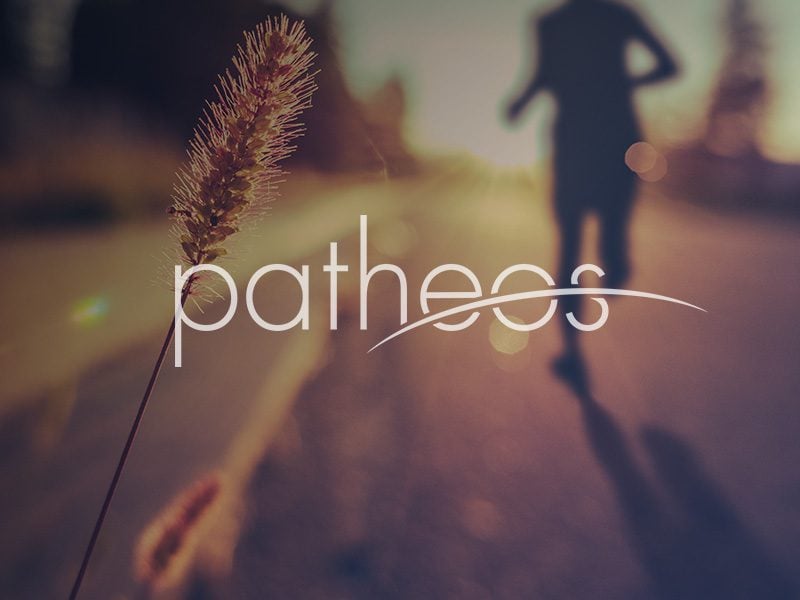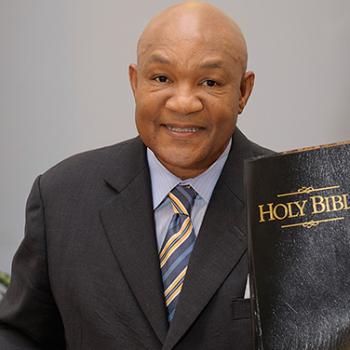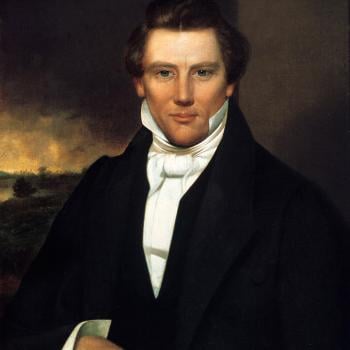Are the ritual texts of Leviticus “practical” texts designed to guide priests and people in sacrificial and other rituals? If so, argues Leigh Trevaskis in Holiness, Ethics, and Ritual in Leviticus, they don’t do a very good job of it. Too much is left out, and things that are included are too obvious to need repetition. Does a worshiper really have to be told that he must lay his hand on the head of the animal at the beginning of a... Read more



















